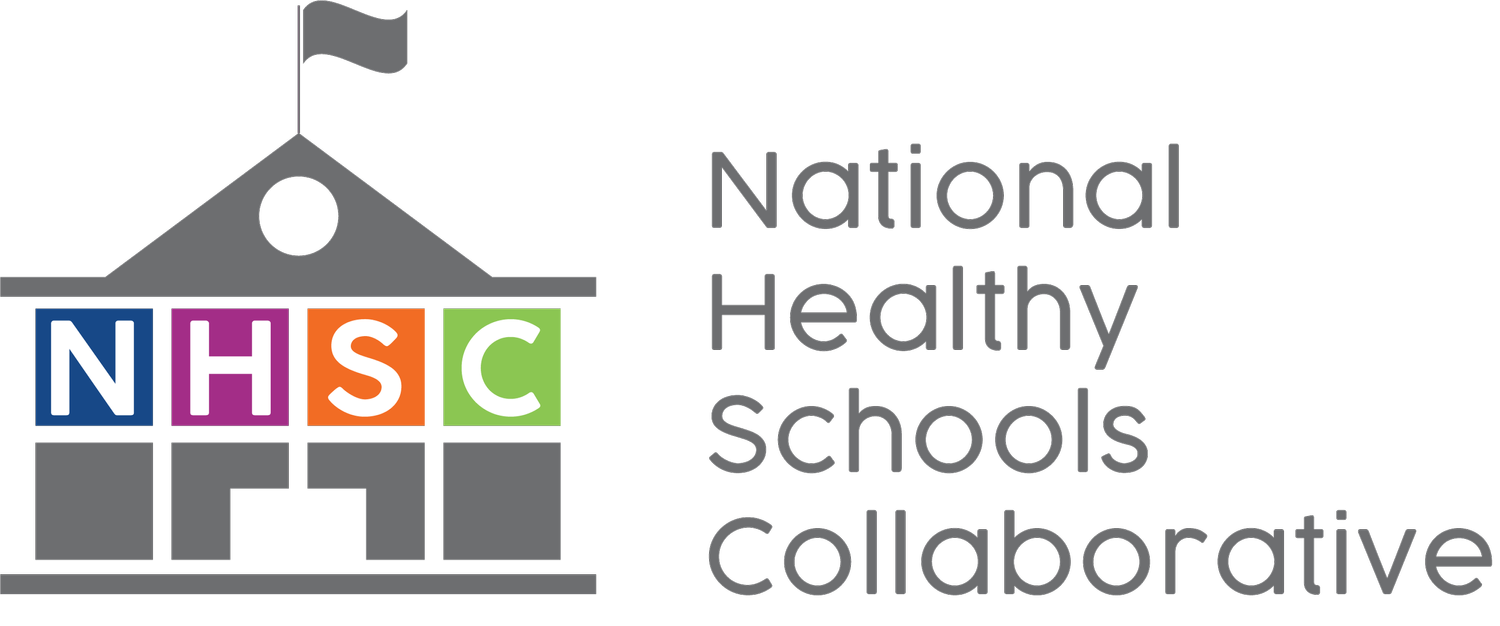
The Roadmap
What are healthy schools?
A healthy school recognizes and advances the mental, physical, social, and emotional wellbeing of students and educators as a fundamental strategy to effective learning.
These schools thrive in an environment that prioritizes creating and sustaining systems, policies, practices, and facilities that promote health, safety, and equity to ensure student success is defined by positive outcomes in both health and learning.
Importantly, these are places where all educators in all roles have quality and affordable health benefits, professional and sustainable compensation, a positive, healthy, and safe work environment, and a voice in the workplace. Schools cannot do this alone. For schools to meet the call to transform into a healthy school, local, state, and federal systems need to ensure that funding and resources are equitably distributed and evidence-based policies are implemented with fidelity.
What facts informed development of the Roadmap’s priority areas?
Working in silos promotes competition for limited resources and hinders the advancement of a shared vision.
Research confirms that traditional, centralized staffing-based funding models can lead to an inequitable allocation of resources.
Research confirms that continuity of service prevents health barriers to learning.
Research confirms school buildings and learning environments impact student health and learning outcomes.
Despite the link between health and learning outcomes, federal funding streams are highly fragmented, which can lead to inefficiency and duplicative programming and fail to support all elements of healthy schools.
Research confirms that healthy kids are better learners.
Improving data regulation, collection, transparency, privacy, and interoperability is critical, as data are important tools to accelerate positive student health and learning outcomes and to address inequities in health and education.
Research confirms that access to educators and health professionals who reflect the demographics of their student population benefits students physically, mentally, socially-emotionally, and academically.
Research confirms family engagement impacts children’s lifelong health, developmental, and learning outcomes.
Research confirms high-quality partnerships between schools and communities create positive health and learning outcomes.


